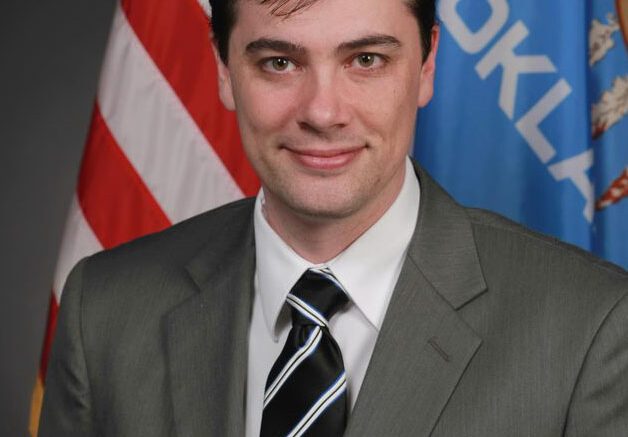Longtime readers will know that from the time of my election in 2006 until a few years ago I was quite bullish on the potential for legislative transparency.
During that time, in each and every legislative session, I could point to notable and commendable reforms such as recorded committee votes, the online video broadcast of legislative proceedings, the elimination of many of the secretive conference committee processes, and more.
Though baby steps, these reforms built on one another and created a momentum for transparency within the Legislature. While there were still many shortcomings in the legislative process, the culture of the institution had swung in favor of transparency and at that time I believed that reforms would continue for the foreseeable future — eventually culminating in the creation of a truly transparent institution.
I enjoyed using these articles as a conduit for bringing positive attention to those lawmakers who advanced transparency concepts and to encourage the voters with the good news that their government was becoming more open and accountable.
Unfortunately, in recent years, it has been rather difficult to find good news.
For the most part, the institution that is the House of Representatives and the Legislature as a whole has lost its way. It hasn’t just stopped incorporating new transparencies but is significantly regressing, as evidenced by my recent articles describing the approval of $6.9 billion in spending by Appropriations Committee members who hadn’t yet seen or even received the appropriations bill.
As I witnessed this complete collapse of openness, I instinctively knew this was a new all-time low point for transparency in the modern history of the Legislature.
It sent a message to state agencies that today’s Legislature isn’t inclined to initiate real oversight.
When members of the Appropriations Committee are willing to vote for a general appropriations bill that they have not seen or read, are state bureaucrats willing to believe that these same legislators will suddenly start providing them actual, transparent oversight?
Behind the scenes there is candor, and leading legislative officials know what happened this year is unacceptable.
I think there is a genuine desire to see that the horrors of the 2017 are never again repeated.
I certainly hope this genuine desire evolves into actual reform. I would enjoy the opportunity to bring attention to their successes in this regard and will be the first to do so; but speaking candidly, I am now quite bearish on the concept of transparency within the Legislature.
It’s been my observation that the regressions of the past years have minimized the transparency culture to the point where many, if not the majority, of legislators no longer speak the language of transparency. They believe the indefensible status quo to be normal and they don’t see the need for reform.
True legislative transparency will only occur if the people of Oklahoma will bypass the Legislature and approve a series of ballot initiatives designed to dissolve, decentralize and democratize the power of the powerful House Speaker, apply open meeting and records laws to the Legislature, and give the public a set amount of time to see legislative proposals before the vote.
Finally, as a point of personal observation, this experience demonstrates the primary danger of trying to reform an institution through a series of baby steps.
In this case, transparency reforms moved forward too slowly. This allowed Oklahoma’s governing officials to become content with a status quo that fell far short of an acceptable standard.
Now, deprived of good governance, the people of Oklahoma are rightly concluding that Oklahoma’s current generation of elected officials are no longer reformers but have instead become the new old-guard status quo.
Jason Murphey
Jason.Murphey@hd31.org
@JWMurphey





Be the first to comment on "Rep. Murphey: The danger of baby steps"